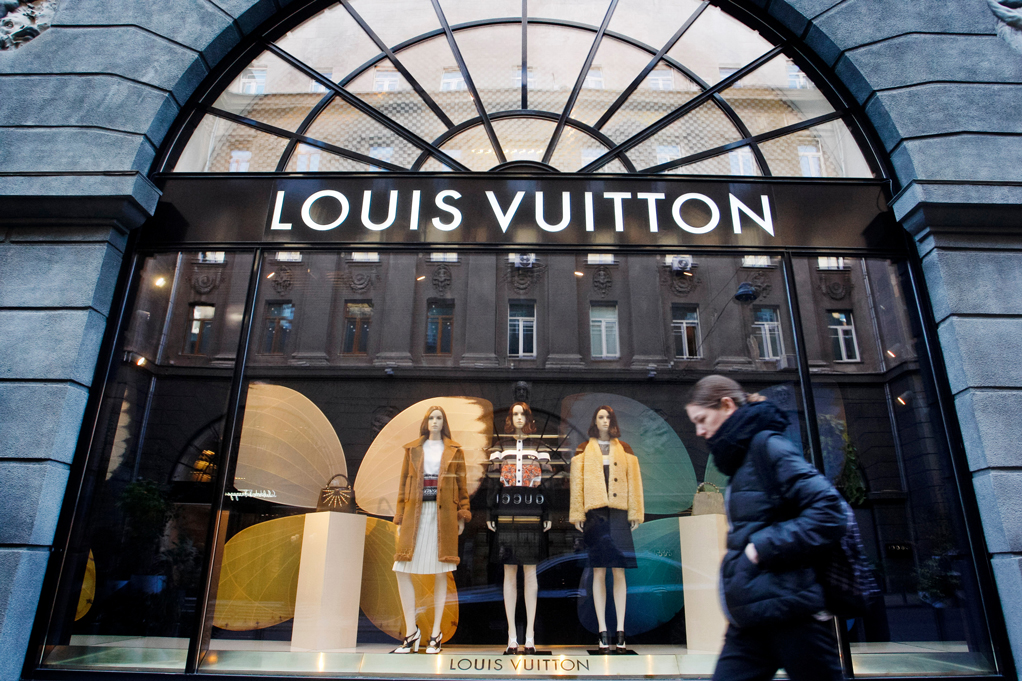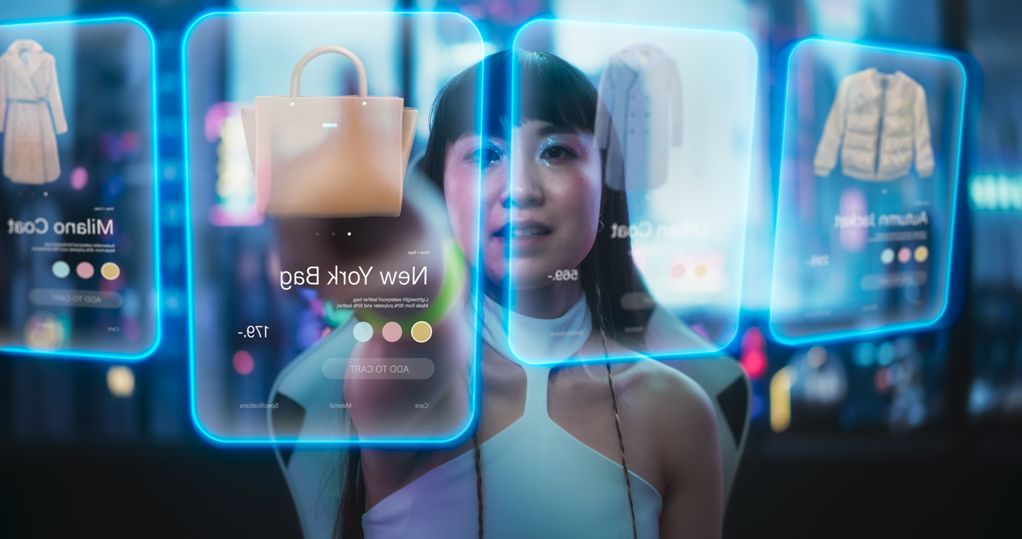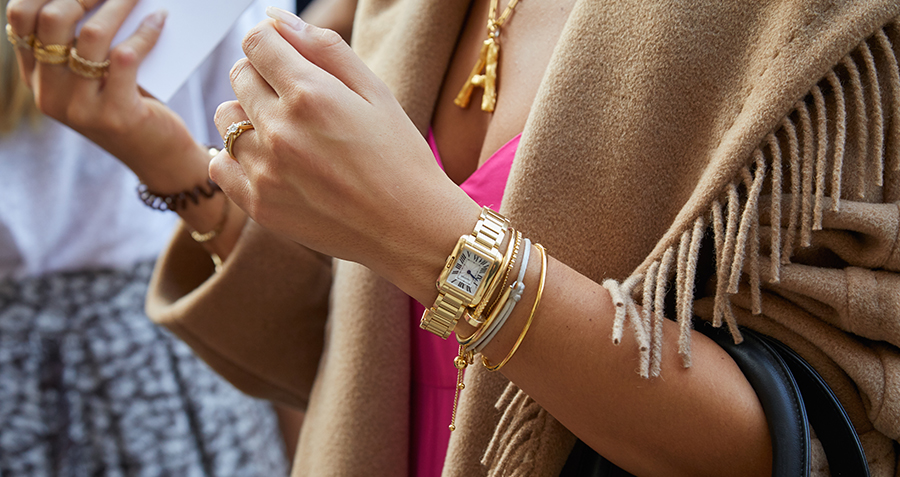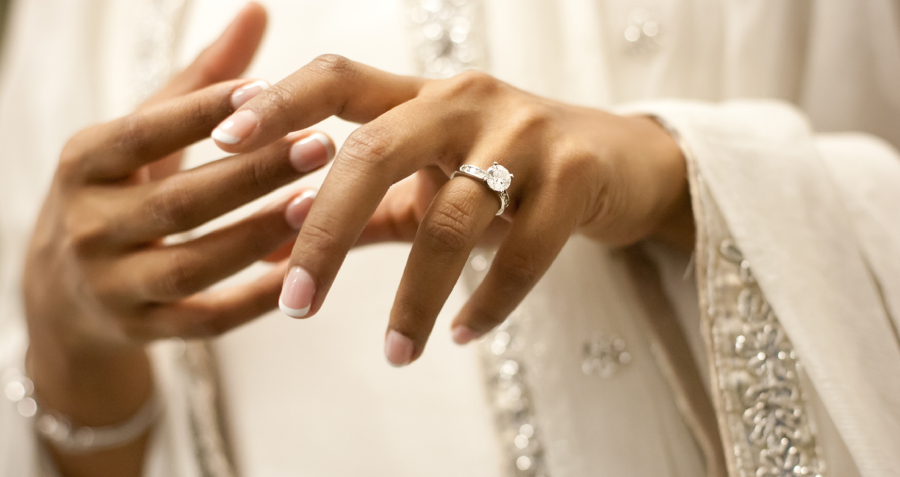The luxury sector, traditionally known for its exclusivity and high-touch customer experiences, is undergoing a significant transformation driven by cutting-edge technology. As business leaders in this space, staying ahead of these trends is crucial to maintaining a competitive edge. Here are the top 10 technology trends that are reshaping the luxury industry:
1. Artificial Intelligence (AI) and Machine Learning
AI and machine learning are revolutionizing how luxury brands interact with customers. From personalized recommendations and virtual stylists to predictive analytics and customer service chatbots, AI is enhancing every touchpoint of the customer journey. Brands like Dior and Gucci are leveraging AI to offer bespoke experiences that cater to individual preferences and buying behaviors.

2. Augmented Reality (AR) and Virtual Reality (VR)
AR and VR technologies are creating immersive shopping experiences that bring luxury products closer to consumers. Virtual try-ons for apparel and accessories, 3D product visualizations, and virtual showrooms allow customers to explore and engage with products from the comfort of their homes. Louis Vuitton and Burberry have integrated AR into their apps, enhancing the digital shopping experience.

3. Blockchain and NFTs
Blockchain technology is introducing unprecedented levels of transparency and authenticity to the luxury market. By tracking the provenance of high-value goods, blockchain helps combat counterfeiting and ensures ethical sourcing. Non-fungible tokens (NFTs) are also making waves, with luxury brands creating unique digital assets that can be bought, sold, and traded, adding a new dimension to luxury ownership.
4. Sustainable Technologies
Sustainability is no longer an option but a necessity for luxury brands. Innovations in sustainable materials, eco-friendly production processes, and circular economy models are crucial. Brands like Stella McCartney and LVMH are investing in sustainable tech to reduce their environmental footprint and appeal to the growing demographic of eco-conscious consumers.
5. Internet of Things (IoT)
IoT devices are enabling smarter luxury products and enhanced customer experiences. Connected devices, such as smartwatches and smart jewelry, offer added functionalities and personalized services. Luxury hotels are also using IoT to provide seamless, personalized experiences, from automated room controls to smart concierge services.
6. Wearable Technology
Wearable tech is blending fashion with functionality, offering luxury consumers a seamless integration of style and technology. High-end brands are designing wearables that not only look elegant but also provide advanced features like health monitoring, notifications, and contactless payments. Partnerships between luxury brands and tech companies are driving innovation in this space.
7. Big Data and Analytics
Big data analytics provide luxury brands with deep insights into consumer behavior, market trends, and operational efficiencies. By analyzing vast amounts of data, brands can make informed decisions about product development, marketing strategies, and customer engagement. Companies like Hermes and Prada are using big data to refine their strategies and enhance customer satisfaction.
8. Voice Commerce
Voice-activated assistants are becoming increasingly popular, and luxury brands are tapping into this trend to enhance customer interactions. Voice commerce allows customers to browse, order, and receive personalized recommendations using voice commands. Brands integrating voice technology are positioning themselves at the forefront of a hands-free, convenient shopping future.
9. Cybersecurity
As luxury brands adopt more digital technologies, the importance of cybersecurity cannot be overstated. Protecting sensitive customer data and ensuring secure transactions are paramount. Implementing robust cybersecurity measures helps maintain customer trust and safeguard brand reputation in an increasingly digital marketplace.
10. 3D Printing
3D printing is transforming the manufacturing processes in the luxury sector. It allows for rapid prototyping, customization, and production of complex designs that were previously impossible. Brands like Chanel and Dior are exploring 3D printing for creating unique, high-quality products while reducing waste and production time.
The convergence of luxury and technology is ushering in a new era of innovation and customer engagement. By staying abreast of these top 10 tech trends, business executives in the luxury sector can navigate the complexities of digital transformation, enhance their brand’s value proposition, and deliver unparalleled experiences to their discerning clientele. Embracing these technologies is not just about staying current; it’s about shaping the future of luxury.
Check out our program with ESCP Business School on Luxury and Tech to learn how you can stay ahead of the transformation.



















